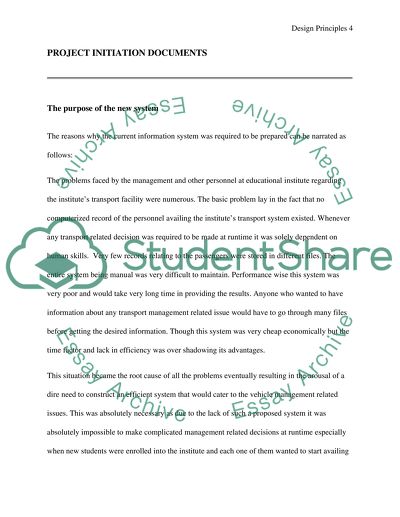Cite this document
(“Design principles Essay Example | Topics and Well Written Essays - 5500 words”, n.d.)
Retrieved from https://studentshare.org/information-technology/1396010-design-principles
Retrieved from https://studentshare.org/information-technology/1396010-design-principles
(Design Principles Essay Example | Topics and Well Written Essays - 5500 Words)
https://studentshare.org/information-technology/1396010-design-principles.
https://studentshare.org/information-technology/1396010-design-principles.
“Design Principles Essay Example | Topics and Well Written Essays - 5500 Words”, n.d. https://studentshare.org/information-technology/1396010-design-principles.


